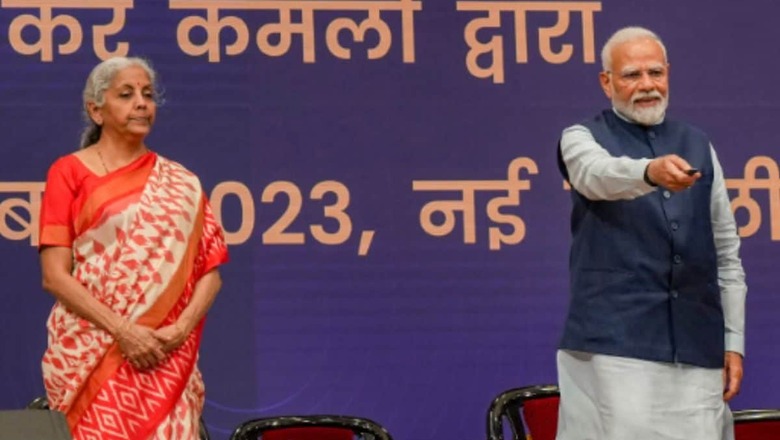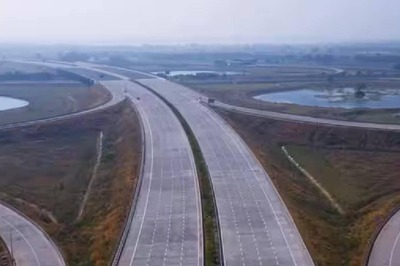
344
views
views
The government said inflation raged between 2009 and 2014 and the common man bore the brunt
Hours after Congress released a black paper titled “10 Saal Anyay Kaal”, Finance Minister Nirmala Sitharaman on Thursday presented a ‘White Paper’ in Lok Sabha, highlighting corruption, scams, economic mismanagement and poor policy planning during 10 years of the United Progressive Alliance (UPA) government.
The “White Paper” compared ten years of the UPA versus ten years of Prime Minister Narendra Modi-led government.
‘Black Paper Vs White Paper’: Cong Counters BJP Doc on UPA’s Economic Blunders, But Will it be Enough?
Top Points From “White Paper”
- The UPA Government inherited a healthy economy ready for more reforms, but made it non-performing in its ten years. In 2004, when the UPA government began its term, the economy was growing at 8 per cent (with industry and services sector growth above 7 per cent each and a resuscitating agriculture sector growth above 9 per cent in FY04) amidst a benign world economic environment.
- Inflation raged between 2009 and 2014 and the common man bore the brunt. High fiscal deficits for six years between FY09 and FY14 heaped misery on ordinary and poorer households.
- The banking crisis was one of the most important and infamous legacies of the UPA government. When the Vajpayee-led NDA government took office, the Gross Non-Performing Assets (GNPA) ratio in Public Sector banks was 16.0 per cent, and when they left office, it was 7.8 per cent.
- Poor policy planning and execution also resulted in large unspent funds for many social sector schemes during the UPA years, which in turn crippled the effectiveness of the government’s schemes.
- The UPA government’s decade of governance (or its absence) was marked by policy misadventures and scams such as non-transparent auction of public resources (coal and telecom spectrum), the spectre of retrospective taxation, unsustainable demand stimulus and ill-targeted subsidies and reckless lending by the banking sector with undertones of favouritism, etc.
- The 2G spectrum scam involving 122 telecom licenses that had sliced `1.76 lakh crore off the exchequer as per the estimates of the Comptroller and Auditor General (CAG), the coal gate scam costing `1.86 lakh crore to the exchequer, the Common Wealth Games (CWG) scam, etc., indicated an environment of heightened political uncertainty and reflected poorly on India’s image as an investment destination.
- Aadhar, introduced by UPA in 2006, was the tangible development of the idea of a ‘multipurpose national card’ proposed by the Vajpayee-led NDA government, to be issued based on a National Register of Indian Citizens. The story of Aadhar under the UPA government is a story of ineffective decision-making, little sense of purpose and policy failure.
- In the UPA government, decision-making came to a standstill due to corruption and scandals in defence, compromising defence preparedness. The government delayed the acquisition of artillery and anti-aircraft guns, fighters, submarines, night fighting gear and a host of equipment upgrades.
- There was pervasive corruption in various government activities, including in procurement, allocation of natural resources, and regulatory approvals. Procurements vital for nation’s security were also not free from corruption. The scams and corruption cases had shaken confidence of the people.
- Time and again, there was a crisis of leadership in the UPA government. It came out in full public glare in the shameful public tearing up of an ordinance issued by the government.
- The UPA Government failed miserably to facilitate economic activities. Instead the UPA Government created hurdles that held back economy.




















Comments
0 comment